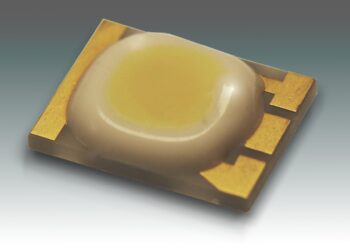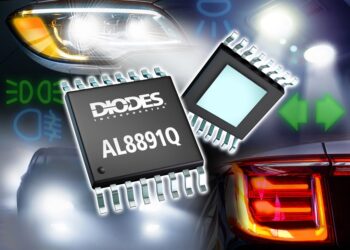Keysight Technologies, Inc. (NYSE: KEYS), a leading technology company that delivers advanced design and validation solutions to help accelerate innovation to connect and secure the world, announced the new MP4300A Series Modular Solar Array Simulator (SAS) to emulate the behavior of photovoltaic (PV) segments. The SAS solution simulates all conditions a craft or satellite will encounter in space with high fidelity.
Launching solar-powered spacecraft or satellites is incredibly expensive, with little possibility of recovery or repair. These vehicles must have efficient and reliable power management systems, which often cannot be tested by using actual solar panels to provide power. Engineers must have a test solution that can verify a spacecraft’s power management system through high-fidelity PV emulation.
Keysight’s new MP4300A SAS addresses this challenge with a 6-kW modular power supply, supporting fast current-voltage (I-V) curve changes with a quick recovery time that mimics rapidly changing conditions in space.
The MP4300A SAS offers the following key benefits:
- Industry-leading power density of 6 kW in 2U of rack space, which can reduce capital expenditures.
- A modular SAS platform, the first in the industry.
- Reduced thermal challenges due to the MP4300’s high power density, 2-quadrant capabilities, and the hardware’s regenerative power technology.
- Flexible power and performance options allowing the six modules to be switched out as test requirements change. Offers two classes of 1kW SAS modules:
- MP4361A 160V/10A auto-ranging module.
- MP4362A 130V/8A module.
- Support for rapid deployment of SAS systems with demanding performance requirements by allowing control of up to six channels through a single I/O port with a familiar programmatic interface.
Greg Patschke, General Manager of Keysight’s Aerospace Defense and Government Solutions group, said, “Analyzing power generation is an important part of the satellite design and validation process. With the MP4300 series, Keysight gives engineers the solution they need to accurately emulate conditions in space and accelerate the testing of new PV array designs, speeding time-to-market, and reducing the risk of failure after deployment.”








